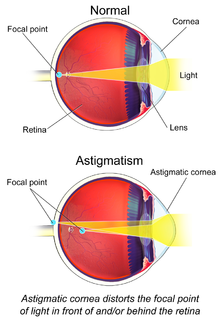Alaskan
0
- Joined
- Jan 29, 2014
- Messages
- 12,025
- Points
- 113
removed
Last edited:

Follow along with the video below to see how to install our site as a web app on your home screen.
Note: This feature may not be available in some browsers.



Guys,
Trying to get an understanding of the relationship of FL to infinity focus collimation of a laser diode. Is infinity focus found near the specified FL of the lens, or something a bit different, longer or shorter?
Here's the project: I have a 2"/50.8 mm dia. PCX lens with a FL of 2.64 inches I want to use to collimate a 638 nm 1.2 watt CW HL63283HD laser diode with 35 and 10 degree divergences for the slow and fast axis output. My assumption is only one axis will be close to, or at, infinity focus, since they are different. Is that assumption correct?
More info:
https://www.ebay.com/itm/USHIO-HL63...ode-Single-Beam-High-Power-Diode/262887287538
https://www.ebay.com/itm/CVI-MELLES...2-64-FL-AR-coated-for-633nm-HeNe/122793535161
To make sure the lens has a large enough diameter at its FL for this diode, an online calculator (I am lazy) is giving me a beam diameter of just over 1.6 inches for the 35 degree diverging side of the diode, so the lens I have found on ebay (with a superb AR coating) should work fine. Of course I will need to find a way to adjust the distance the lens is from the diode to have error wiggle room in the device to be able to achieve near perfect infinity focus (for one axis).
.jpg)
lazeristasUVISIR, if I could find a quality 2 inch aspheric at close to this FL with AR coating for red I would rather use that, but I can't find one cheap. PCX is a middle choice for a collimating lens, better than bi-convex.
RCB, yea, it won't be round. I've just come to accept for most of my pointers I will have a rectangle output without correction, but when expanded, a much lower divergence rectangle
I don't know, never heard of a meniscus lens being used for something like this, but I will study up on it. There was an optics guru over at PL feeding the crowd some time back, his advice was that the order of desirability for laser collimation lenses was Plano-Aspherical first, Plano-Convex second and BCX or Bi-Convex lenses last. I've found plano-aspherical lenses up to 2 inches diameter on ebay, but few and far between and no larger unless they were junk made for LED's with cheap glass.
I was looking for large diameter plano-aspheres because I had the impression they were the best lens to use to collimate laser diodes. I wanted the best lens I could find to produce a fat beam to lower the divergence, otherwise I didn't care so much what the focal length was, as long as the beam was fat to get that reduced divergence. Although you are right, you won't get a fat beam with a short focal length lens, not without using a concave lens to expand the beam quickly.
Why best? I suppose due to less spherical aberration, I don't know what else it would be.











